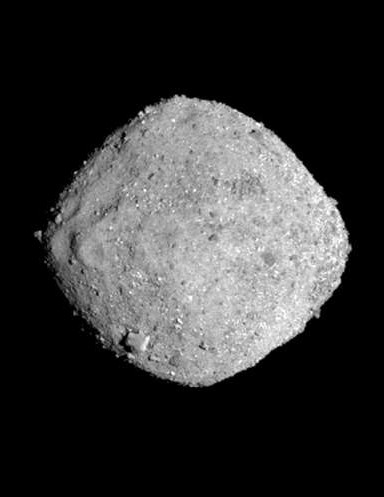Bennu shows key chemicals
 NASA's Bennu asteroid sample contains water and other potential building blocks of life.
NASA's Bennu asteroid sample contains water and other potential building blocks of life.
NASA has unveiled findings from its Bennu asteroid sample, collected in space and brought back to Earth.
The preliminary assessment by NASA's OSIRIS-REx team revealed a significant presence of carbon and water, raising the exciting possibility that key elements for life on Earth may exist within the rock.
Asteroid material gathered by the OSIRIS-REx mission (launched back in 2016) has already provided scientists with a wealth of unexpected bonus samples.
These samples, initially extra material covering the space probe’s collector head, canister lid, and base, have added to the mission's scientific value.
“The OSIRIS-REx sample is the biggest carbon-rich asteroid sample ever delivered to Earth and will help scientists investigate the origins of life on our own planet for generations to come,” says NASA Administrator Bill Nelson.
“Almost everything we do at NASA seeks to answer questions about who we are and where we come from. NASA missions like OSIRIS-REx will improve our understanding of asteroids that could threaten Earth while giving us a glimpse into what lies beyond.
“The sample has made it back to Earth, but there is still so much science to come – science like we’ve never seen before.”
Over the next two years, the mission's science team will continue characterising the samples and conducting the necessary analyses to fulfil their scientific goals.
NASA plans to preserve at least 70 per cent of the sample at the Johnson Space Center for research by scientists worldwide.
The OSIRIS-REx program will also provide additional samples for public display at institutions such as the Smithsonian Institution, Space Center Houston, and the University of Arizona.
More information is accessible here.








 Print
Print